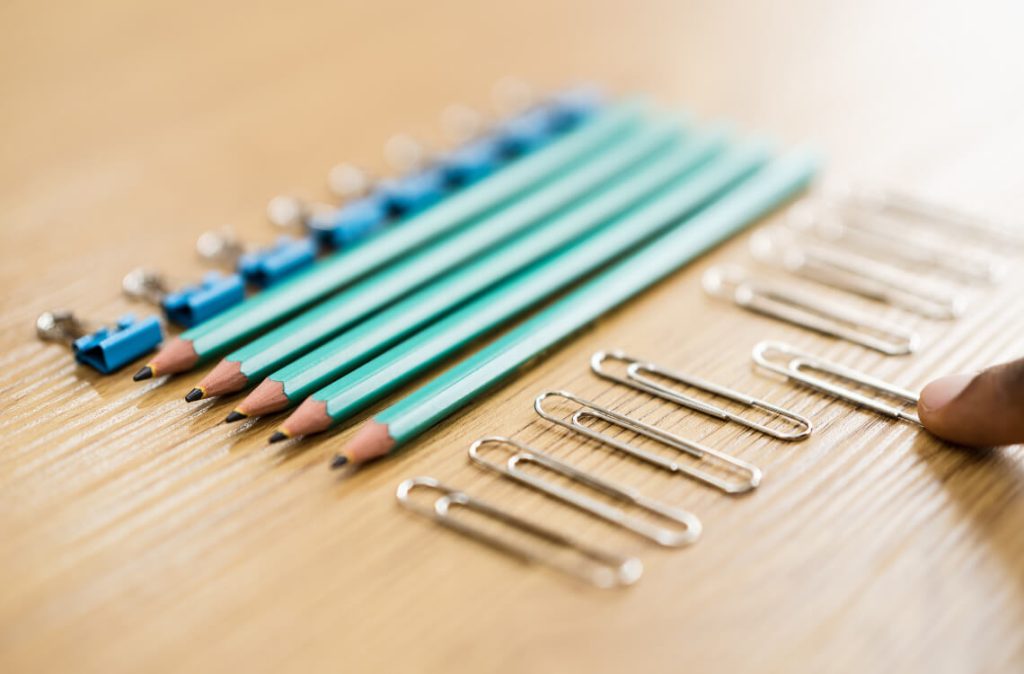Obsessive-Compulsive Disorder (OCD) is commonly discussed in adults, but it is often overlooked in children.
However, parents must recognise that this type of anxiety frequently begins in childhood and persists into adulthood. This disorder can affect men, women, and children from all over the world, regardless of background.
The World Health Organization (WHO) even revealed that OCD was one of the top 20 causes of illness-related disability worldwide for people aged 15 to 44 years. This is concerning because children may be unaware that what they are feeling or thinking is related to this disorder.
Parents need to be aware of the warning signs and seek appropriate help if they appear serious. Perhaps to seek expert advice on the disorder. Before we go any further, let us define OCD. McLean Harvard Medical School Affiliate suggests,
“OCD is characterised by a pattern of unwanted and intrusive thoughts, fears, images, or sensations that cause distress (including anxiety, disgust, and ‘not quite right’ sensations) and repetitive behaviours aimed at cancelling out that distress. Obsessions are commonly used to describe such unwanted thoughts. Compulsions, on the other hand, are unwanted, repetitive behaviours or mental acts.”
OCD Symptoms in Children
The symptoms vary from child to child, but the following are the ten most common obsession and compulsion behaviours that may indicate that a child has OCD:
Obsessions
- Fear of dirt, germs, and contamination from other people; fear of touching surfaces
- The anxiety of inadvertently injuring a parent, sibling, or friend
- Doubts about household safety, such as whether or not a door is locked, a window is closed, or appliances have been turned off
- Beliefs that if seemingly unrelated behaviours are performed or not performed, bad things will occur (such as stepping on a crack in the sidewalk or tapping something a certain number of times)
- Obsession with presentation, appearance, and organisation—for instance, the look of homework or the symmetrical arrangement of things, clothing, or food
Compulsions
- Cleanliness, or the need to wash, bathe, shower, or change clothing constantly
- A desire to repeat words or prayers to prevent bad things from happening
- Looking for reassurance from parents, teachers, or others
- Avoiding circumstances where the child believes ‘something horrible’ might happen
- Rituals, or the need to move or touch body parts in a specific way, or to achieve symmetry in movements
(Source: Yale Medicine)
How OCD Can Affect a Child’s Life
A child with OCD may only have obsessions or compulsions, or both. Either way, they can interfere with the child’s daily activities. OCD behaviour can also disturb schoolwork, impede relationships with friends, and cause eating problems.
As the child grows older, his or her behaviour may shift from one thing to another or become more severe. Regrettably, whichever symptom may appear will most likely interfere with the child’s ability to function as well as the lives of the entire family if they are extreme.
If a child has OCD, it should be treated because it can lead to mental health issues like depression, eating disorders, social isolation, and failure to attain one’s full potential.
How to Treat OCD in Children
The following is what the Centers for Disease Control and Prevention (CDC) recommends for treatment:
- Get a comprehensive evaluation from a mental health professional to determine whether the anxiety or distress stems from actual memories of a traumatic event, or if the fears are based on other thoughts or beliefs.
- The evaluation will also reveal whether the child has a current or past tic disorder, as well as whether the OCD is accompanied by anxiety, depression, or disruptive behaviours.
- Treatment can then be initiated based on the findings, which include:
- Behaviour therapy: A cognitive-behavioural therapy that assists children in changing negative thoughts into more positive, effective ways of thinking, resulting in more effective behaviour. Behaviour therapy for OCD may involve gradually exposing children to their fears in a safe setting; this teaches them that bad things do not really happen when they do not perform the behaviour, which eventually reduces their anxiety.
- Behaviour therapy and medication: If the above treatment is ineffective on its own, it will need to be combined with medication, which will be determined by a medical professional.
- At the same time, families and schools can assist children in managing stress by becoming involved in the therapy process and learning how to respond in a supportive manner without accidentally making obsessions or compulsions more likely to occur again.
Words of Advice: Get Involved and Be Patient
OCD treatment, like any other mental health condition, will take time before results can be seen. The healing process isn’t always quick, and progress can be slow but steady.
Parents may be concerned that it isn’t working, but they must remind themselves and their children that doing what it takes to improve is the most important thing they can do. As previously stated, therapy will be required for children with OCD, and parents will play an important role in this.
Although the child will work with his or her therapist to improve, parents should be aware of what can be done at home to support the therapy process too. When dealing with such a situation, parents must be involved to see what is going on, and as they say, patience is a virtue. You’ve got this, parents!
Disclaimer: The information provided in this article is for informational purposes only and should not be considered as medical advice from Motherhood. For any health-related concerns, it is advisable to consult with a qualified healthcare professional or medical practitioner.
For more insightful stories and fun recipes, stay tuned to Motherhood Story!
